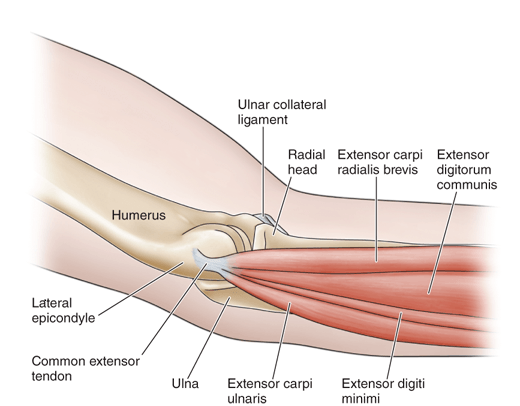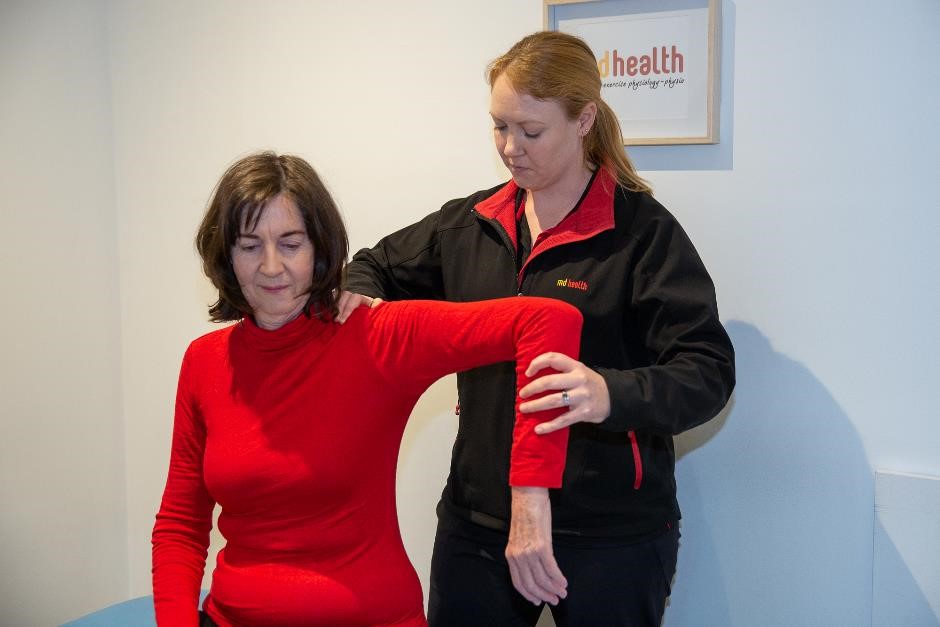Elbow Impingement - Fact Sheet
What is it elbow Impingement?
Elbow impingement refers to a condition where there is compression or pinching of the soft tissues (such as muscles, tendons, or nerves) in the elbow joint, leading to pain and reduced mobility.

What causes Elbow Impingement?
The most common cause of elbow impingement is overuse or repetitive strain on the joint, which can occur in athletes, manual laborers, and individuals who perform activities that involve frequent use of the elbow joint. This can lead to the development of small tears or damage in the soft tissues, which can cause swelling and compression of the surrounding structures. Additionally, conditions such as arthritis, bone spurs, or trauma to the elbow can also contribute to the development of elbow impingement.

Signs and Symptoms
• Pain – The most common symptom of elbow impingement is pain in the elbow joint. The pain may be a dull ache or sharp and stabbing, and it can be worsened by certain movements or activities.
• Swelling – Inflammation and swelling may be present in the affected area, which can make the elbow joint feel stiff and tender to the touch.
• Reduced range of motion – Elbow impingement can cause a decreased range of motion in the joint, making it difficult to fully extend or flex the arm.
• Weakness – Some people with elbow impingement may experience weakness in the affected arm or hand, making it difficult to perform everyday tasks.
• Numbness or tingling – In some cases, nerve impingement can cause numbness or tingling sensations in the hand or fingers.
• Popping or clicking – Elbow impingement can also cause popping or clicking sounds in the joint when it is moved.
• Difficulty gripping objects – People with elbow impingement may find it difficult to grip objects, which can affect their ability to perform certain tasks or activities.

Treatment of Elbow Impingement?
Manual therapy – Manual therapy techniques such as soft tissue mobilization, joint mobilization, and stretching can help to reduce pain, improve range of motion, and increase flexibility in the affected area. This may involve hands-on manipulation of the muscles, tendons, and ligaments around the elbow joint.
Exercise therapy – Exercise therapy is an important part of physiotherapy treatment for elbow impingement. A physiotherapist may design a customized exercise program that focuses on strengthening the muscles around the elbow joint, improving flexibility, and correcting any imbalances in the upper body. This may include exercises such as bicep curls, tricep extensions, wrist curls, and shoulder strengthening exercises.



